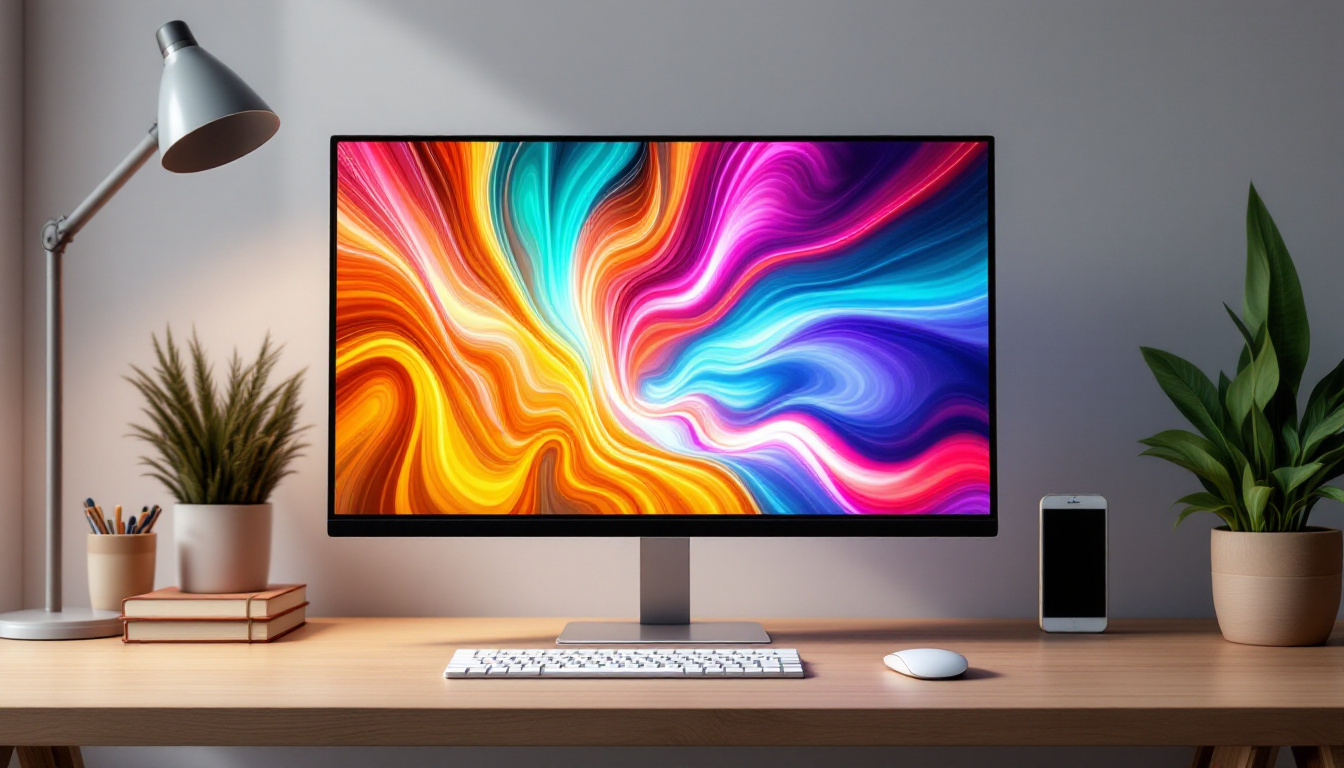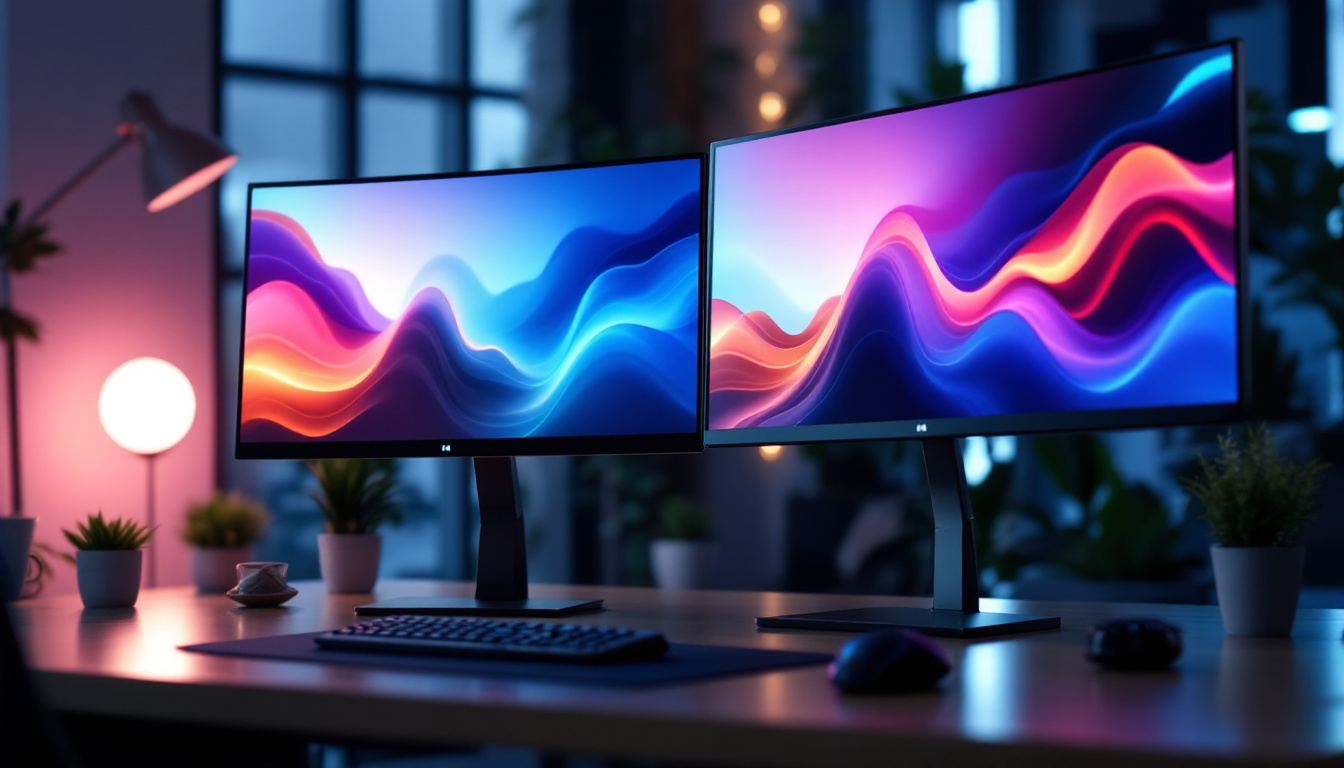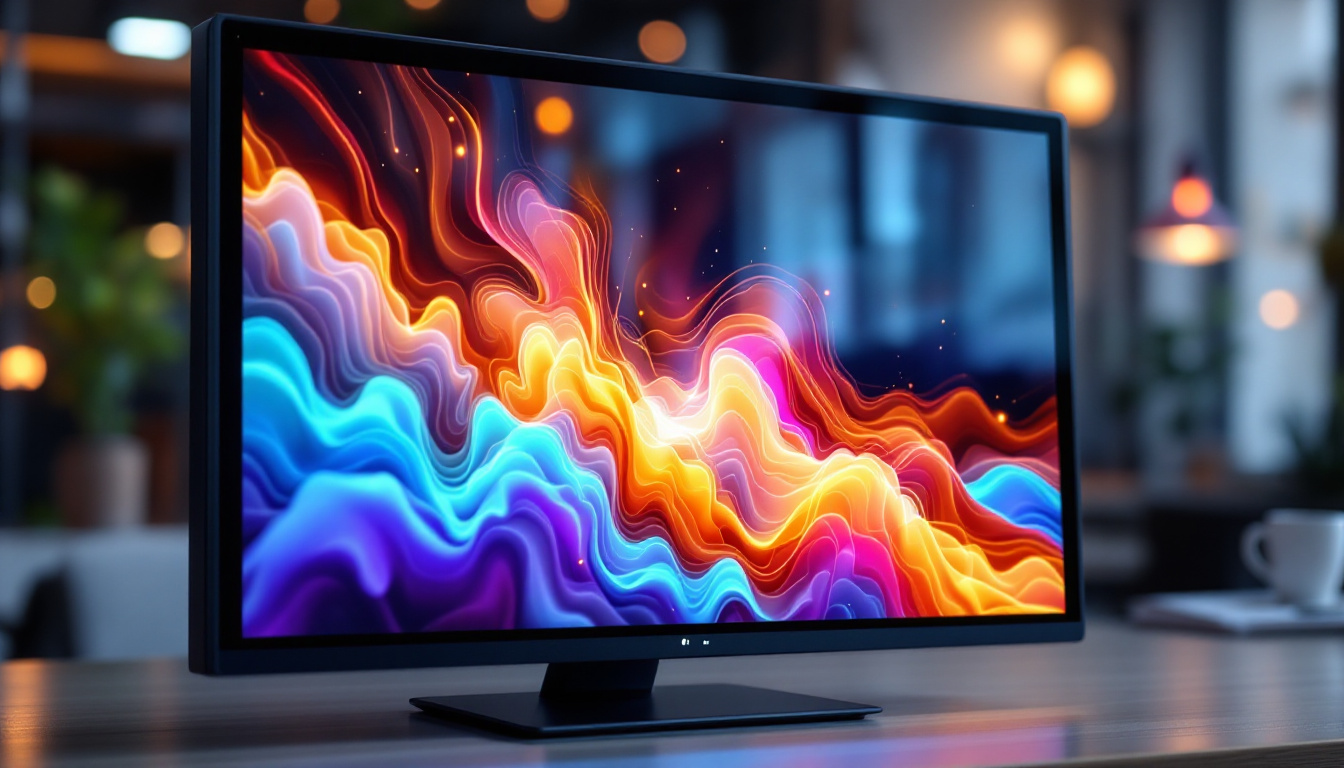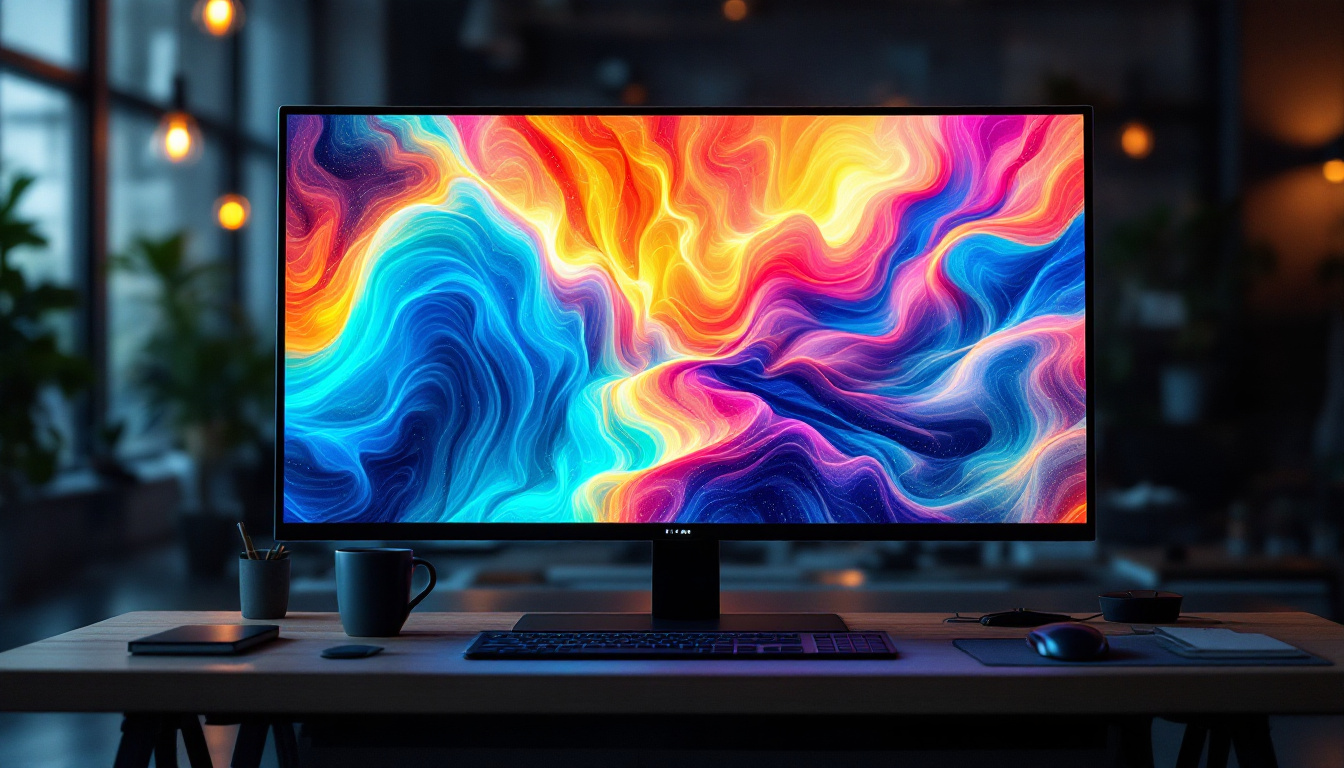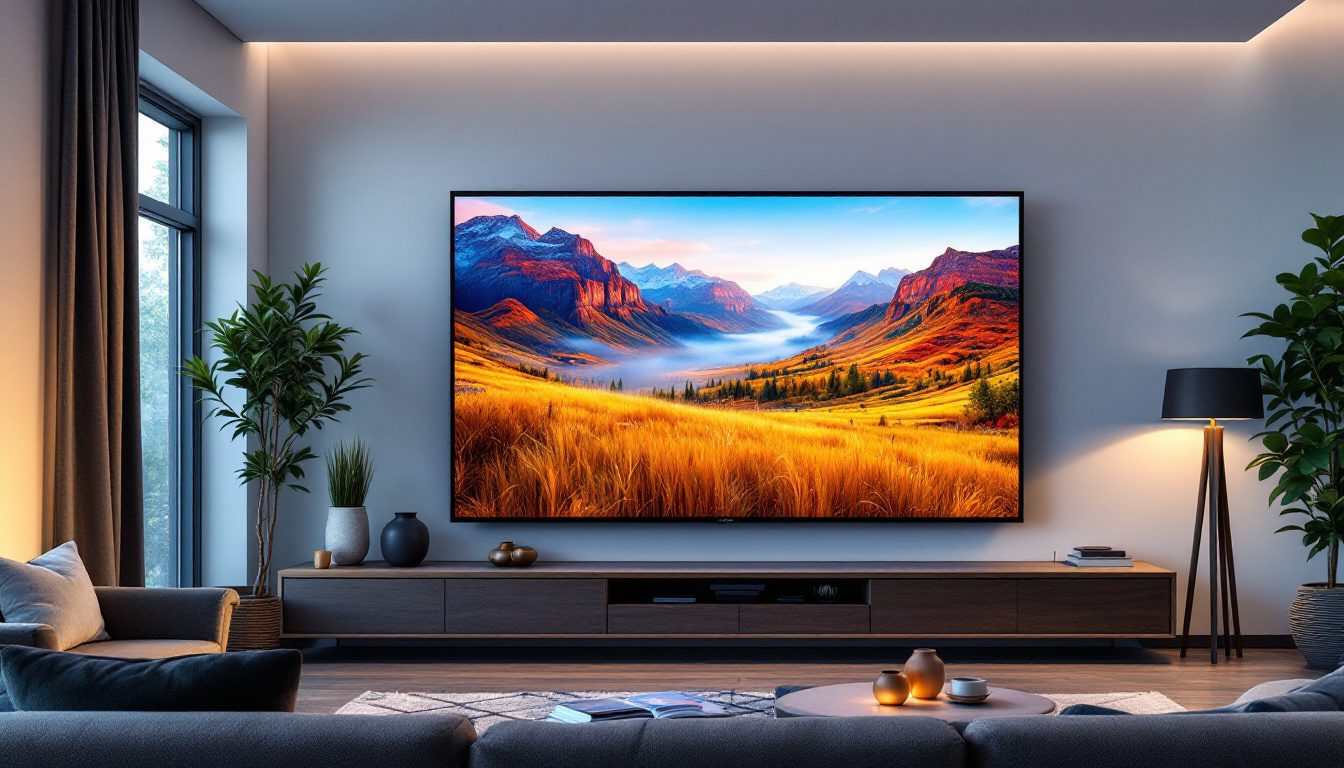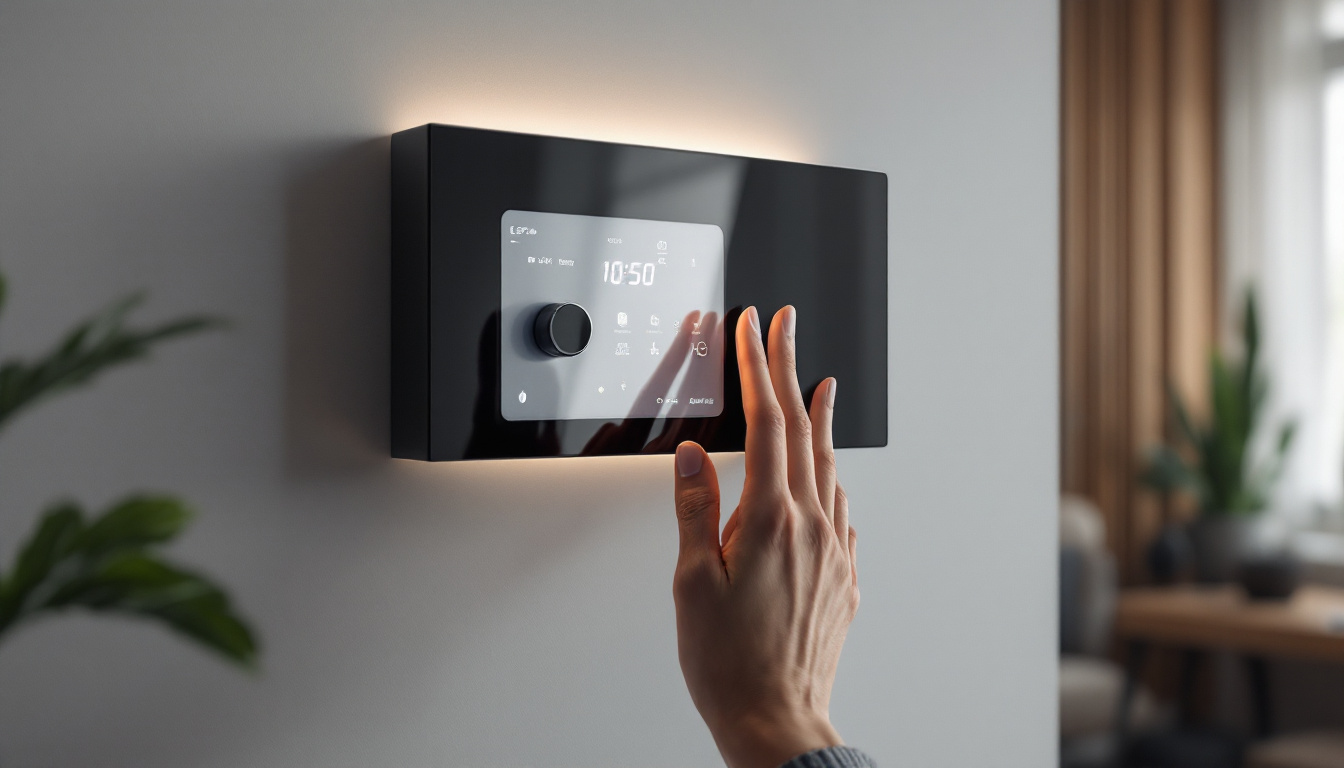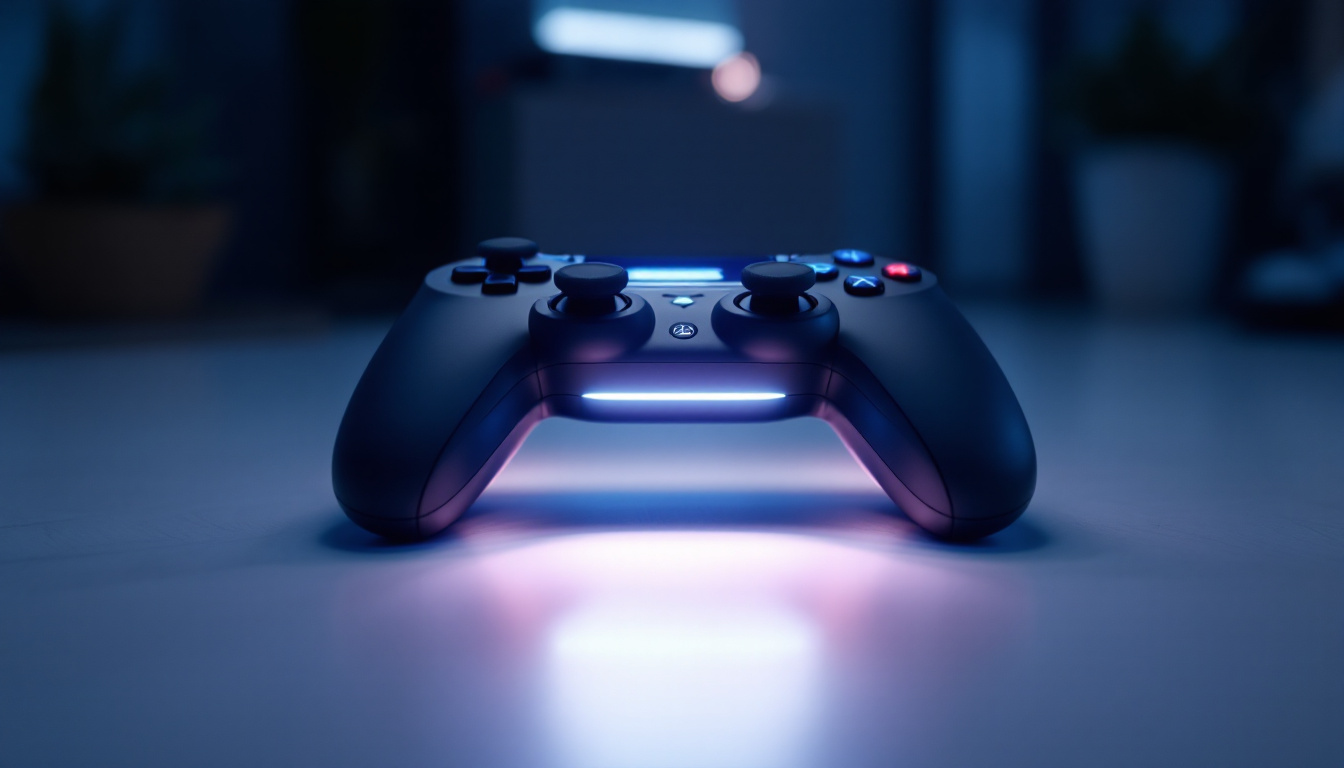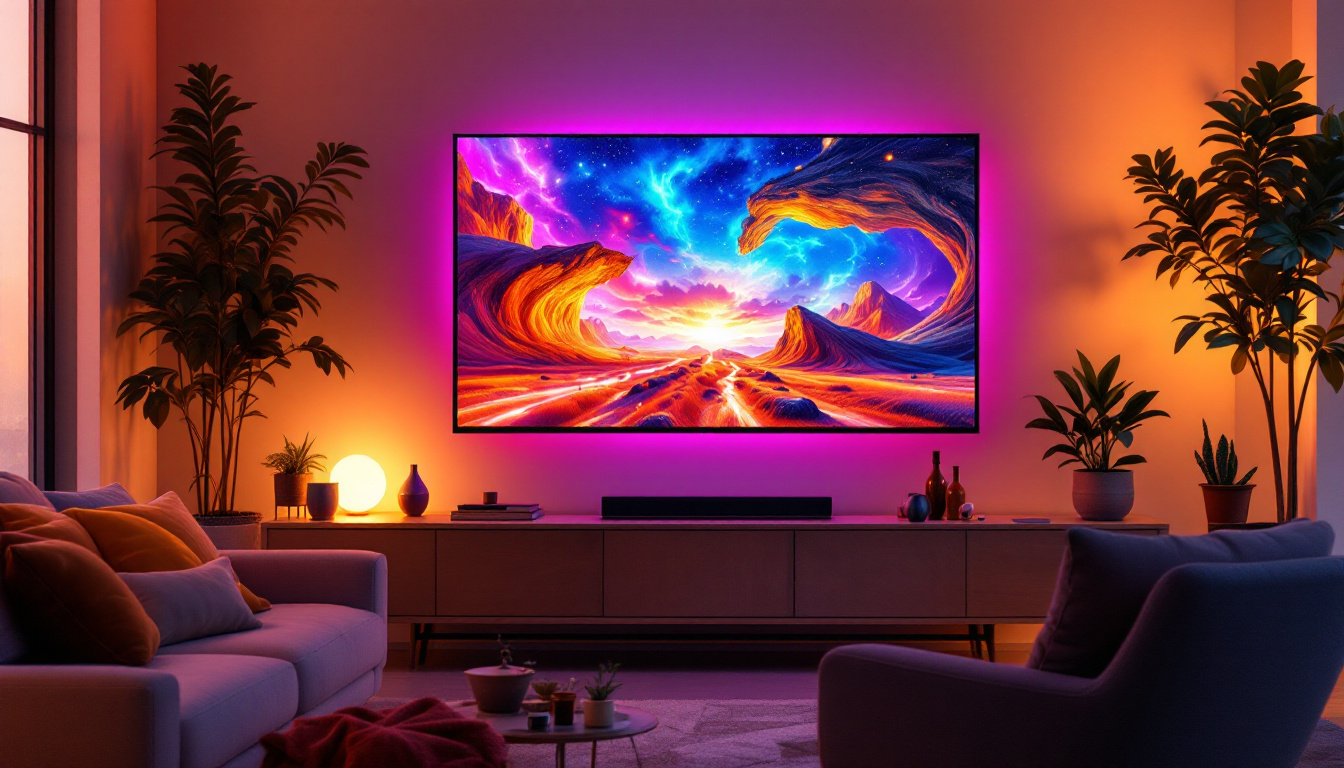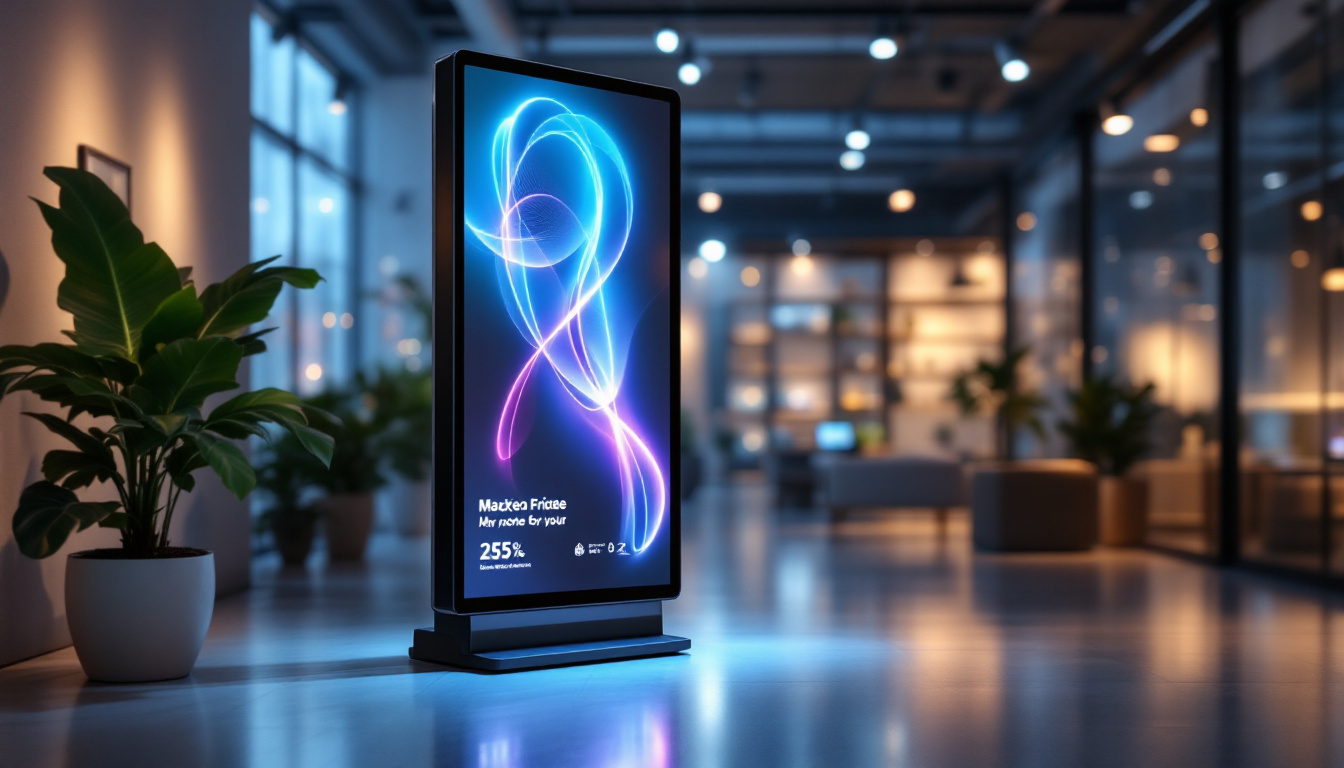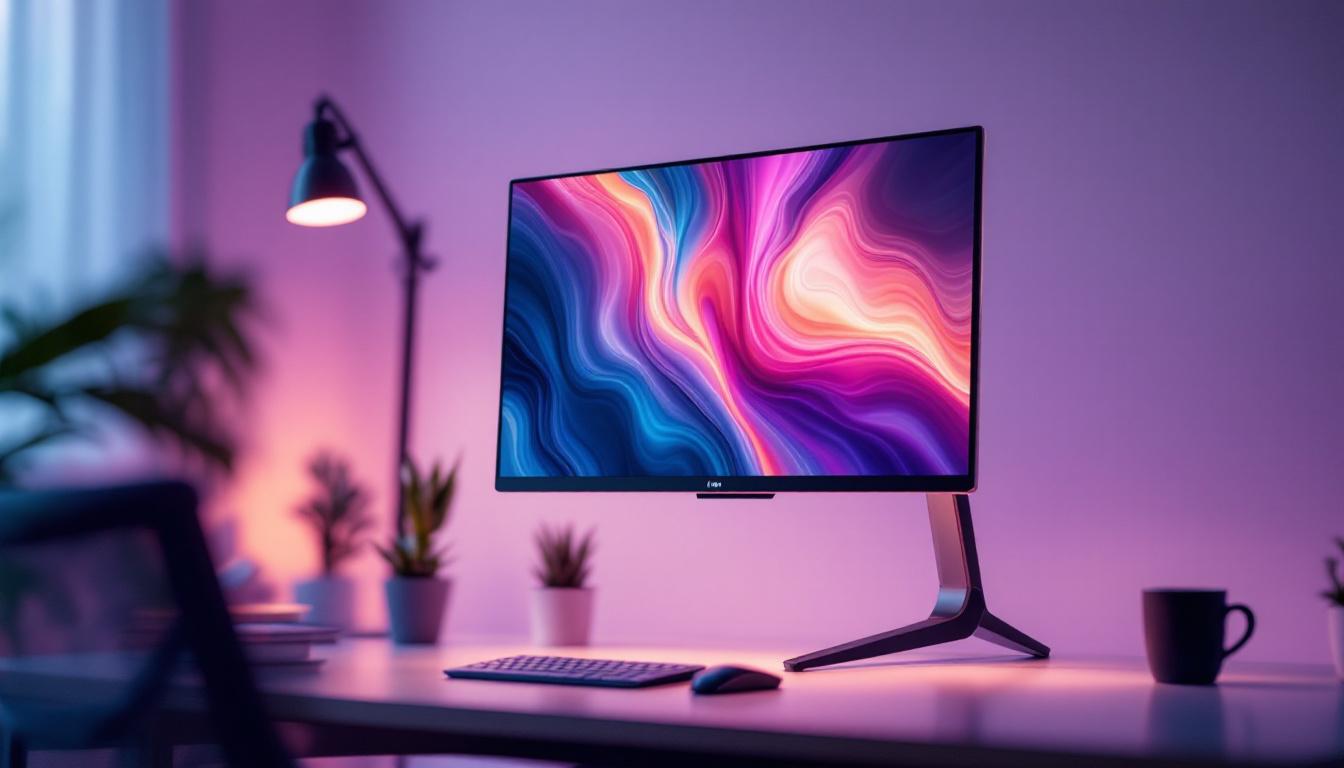In the ever-evolving world of technology, touch screen monitors have emerged as a popular choice for both personal and professional use. With the rapid advancement of LED display technology, many consumers are now seeking inexpensive options that do not compromise on quality. This article delves into the intricacies of touch screen monitors, specifically focusing on LED displays and their advantages in various settings.
Understanding Touch Screen Technology
Touch screen technology has transformed the way users interact with devices. By allowing direct manipulation of the interface, touch screens offer a more intuitive experience compared to traditional input methods like keyboards and mice. There are several types of touch screen technologies, each with its unique features and benefits.
Types of Touch Screen Technologies
The main types of touch screen technologies include resistive, capacitive, and infrared. Each type operates differently, catering to various user needs. Resistive touch screens, for example, consist of multiple layers that register touch through pressure. This makes them suitable for environments where users may wear gloves or use styluses.
On the other hand, capacitive touch screens utilize the electrical properties of the human body to detect touch. This technology is prevalent in smartphones and tablets due to its responsiveness and ability to support multi-touch gestures. Infrared touch screens employ a grid of infrared light beams to detect touch, making them highly durable and effective in outdoor settings.
Benefits of Touch Screen Monitors
Touch screen monitors offer numerous advantages, including increased efficiency and ease of use. Their intuitive interface allows users to navigate applications and perform tasks with minimal effort. This is particularly beneficial in environments such as retail, education, and healthcare, where quick access to information is crucial.
Moreover, touch screen monitors can enhance collaboration by allowing multiple users to interact with the display simultaneously. This feature is invaluable in settings like classrooms and conference rooms, where group participation is essential. Additionally, the tactile nature of touch screens can engage users more effectively than traditional displays, leading to improved learning outcomes and more dynamic presentations.
Furthermore, the versatility of touch screens extends beyond mere interaction; they can also be integrated with various technologies, such as augmented reality (AR) and virtual reality (VR). This integration opens up new possibilities for immersive experiences, allowing users to interact with digital content in a more engaging way. For instance, in the realm of retail, touch screens can be used to create interactive product displays, enabling customers to explore features and specifications at their fingertips, thereby enhancing the shopping experience.
LED Display Technology Explained
LED (Light Emitting Diode) technology has revolutionized the display industry, providing brighter, more vibrant images while consuming less power than traditional LCD displays. LED displays are characterized by their ability to produce a wide range of colors and deeper blacks, resulting in an enhanced viewing experience. This technology has not only transformed consumer electronics but has also found applications in various fields, including advertising, automotive displays, and even architectural lighting, showcasing its versatility and adaptability.
How LED Displays Work
LED displays consist of numerous tiny diodes that emit light when an electric current passes through them. These diodes are arranged in a grid, and by varying the intensity of the light emitted, the display can produce a spectrum of colors. This technology allows for greater contrast ratios and improved color accuracy, making LED displays ideal for various applications. The precision in color reproduction is particularly beneficial for professional environments, such as graphic design and video production, where accurate color representation is crucial.
There are two primary types of LED displays: edge-lit and backlit. Edge-lit displays have LEDs positioned along the edges of the screen, while backlit displays feature LEDs behind the entire screen. Backlit displays generally provide better uniformity in brightness and color, making them the preferred choice for high-quality monitors. Furthermore, advancements in technology have led to the development of OLED (Organic LED) displays, which offer even greater flexibility and contrast, allowing for curved screens and ultra-thin designs that enhance the overall aesthetic of modern devices.
Advantages of LED Displays
One of the most significant advantages of LED displays is their energy efficiency. They consume less power compared to traditional displays, which can lead to lower electricity bills and a reduced carbon footprint. Additionally, LED displays have a longer lifespan, often lasting over 50,000 hours, making them a cost-effective investment in the long run. This longevity not only benefits consumers but also reduces waste, contributing to more sustainable practices in electronics manufacturing.
Another notable benefit is their thin and lightweight design, which allows for easy installation and portability. This feature is particularly advantageous for businesses that require flexible display solutions, such as digital signage or interactive kiosks. Moreover, LED technology has enabled the creation of large-scale video walls that can be used for events, concerts, and advertising, providing a dynamic and engaging way to capture audience attention. The ability to seamlessly integrate these displays into various environments—from retail spaces to outdoor venues—demonstrates the adaptability of LED technology in meeting diverse visual communication needs.
Choosing an Inexpensive Touch Screen Monitor
When searching for an affordable touch screen monitor, several factors should be considered to ensure that the chosen model meets specific needs and preferences. Price is undoubtedly a crucial aspect, but it should not be the sole determinant. Evaluating features, specifications, and intended use can lead to a more informed decision.
Key Features to Consider
Resolution is one of the most critical features to consider when selecting a touch screen monitor. Higher resolutions provide sharper images and better detail, which is essential for tasks such as graphic design or video editing. A Full HD (1920×1080) resolution is typically recommended for most applications, while 4K displays offer even greater clarity for professional use.
Another important feature is the touch technology used in the monitor. As previously mentioned, capacitive and resistive touch screens serve different purposes. Capacitive screens are generally more responsive and suitable for multi-touch gestures, while resistive screens may be more appropriate for industrial or outdoor environments.
Assessing Compatibility and Connectivity
Compatibility with existing devices and systems is another vital consideration. Ensure that the monitor can connect seamlessly with computers, tablets, or other devices through standard ports such as HDMI, USB, or DisplayPort. Additionally, some monitors offer wireless connectivity options, which can enhance flexibility and reduce cable clutter.
Furthermore, consider the operating system compatibility. Many touch screen monitors are designed to work seamlessly with Windows, while others may also support macOS or Linux. Verifying compatibility can prevent potential issues during setup and usage.
Applications of Touch Screen Monitors
The versatility of touch screen monitors makes them suitable for a wide range of applications across various sectors. From education to retail, these displays have proven to be valuable tools that enhance user engagement and streamline processes.
Educational Use
In educational settings, touch screen monitors have become increasingly popular for interactive learning experiences. They facilitate group discussions and collaborative projects, allowing students to engage with content in a dynamic way. Teachers can utilize educational software and applications that leverage touch capabilities, making lessons more interactive and enjoyable.
Moreover, touch screen monitors can serve as digital whiteboards, enabling instructors to present information visually while allowing students to contribute directly to the display. This interactivity fosters a more inclusive learning environment and encourages participation from all students.
Retail and Customer Engagement
In the retail sector, touch screen monitors are often used for digital signage, interactive kiosks, and point-of-sale systems. These displays can enhance customer engagement by providing information about products, promotions, and services in an interactive format. Customers can browse catalogs, check prices, and even place orders directly from the screen, improving the overall shopping experience.
Additionally, touch screen monitors can be utilized for customer feedback systems, allowing businesses to gather valuable insights and improve their offerings based on consumer preferences. This real-time feedback can be instrumental in shaping marketing strategies and enhancing customer satisfaction.
Maintenance and Care for Touch Screen Monitors
To ensure the longevity and optimal performance of touch screen monitors, proper maintenance and care are essential. Regular cleaning and handling can prevent damage and maintain the display’s responsiveness.
Cleaning Techniques
When cleaning a touch screen monitor, it is crucial to use the right materials to avoid scratches and damage. A microfiber cloth is ideal for wiping the screen, as it is gentle yet effective in removing fingerprints and smudges. For stubborn stains, a solution of water and mild soap can be applied to the cloth, but never directly onto the screen.
It is advisable to turn off the monitor before cleaning to prevent accidental touches and ensure safety. Additionally, avoid using harsh chemicals, as they can damage the screen’s protective coating.
Handling and Usage Tips
Proper handling of touch screen monitors is equally important. Users should avoid applying excessive pressure on the screen, as this can lead to malfunctions or damage. Utilizing a stylus or finger gently can help maintain the monitor’s responsiveness over time.
Furthermore, keeping the monitor in a stable environment, away from extreme temperatures and humidity, can prolong its lifespan. Regular software updates can also enhance performance and security, ensuring that the monitor operates smoothly.
Conclusion
Inexpensive touch screen monitors equipped with LED display technology offer a compelling combination of functionality, efficiency, and user engagement. By understanding the various types of touch screen technologies and the advantages of LED displays, consumers can make informed decisions when selecting a monitor that meets their needs.
Whether for educational purposes, retail environments, or personal use, touch screen monitors have proven to be valuable tools that enhance interaction and streamline processes. With proper care and maintenance, these devices can provide long-lasting performance and satisfaction, making them a worthwhile investment in today’s tech-driven world.
Discover LumenMatrix LED Display Solutions
Ready to elevate your interactive experiences with a touch screen monitor that embodies innovation and efficiency? Look no further than LumenMatrix, a pioneer in LED display technology. Our extensive range of products, from Indoor and Outdoor LED Wall Displays to specialized solutions like Vehicle and Sports LED Displays, are designed to captivate and engage. Embrace the future of visual communication with our All-in-One LED Displays, LED Transparent Displays, and more. Check out LumenMatrix LED Display Solutions today and transform your space into a dynamic environment that resonates with your audience.

